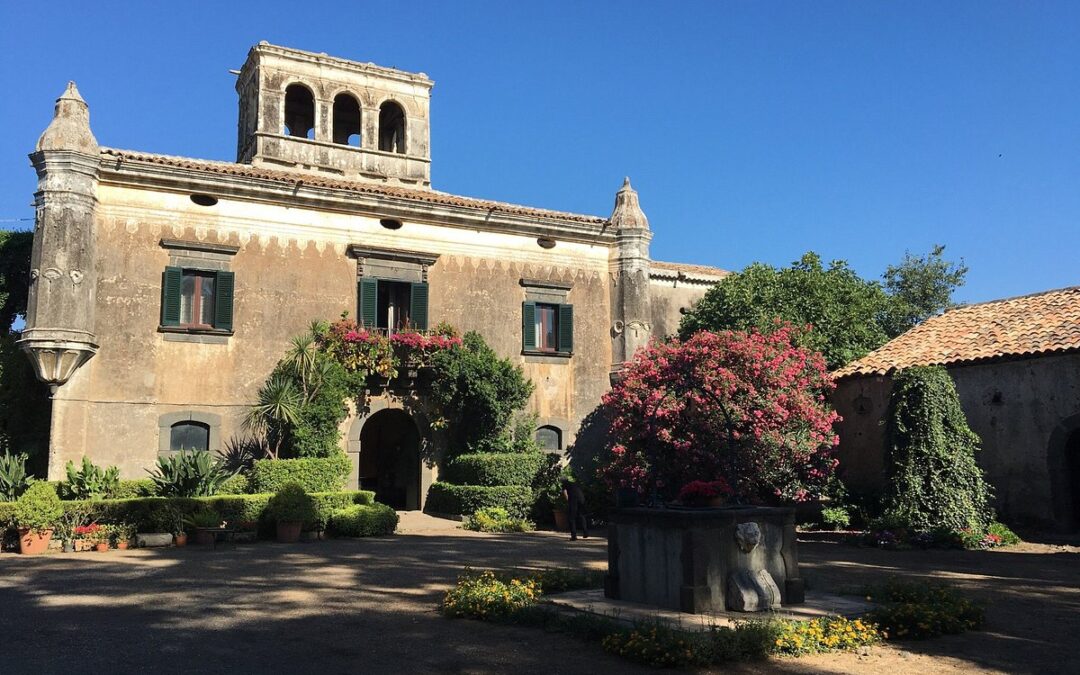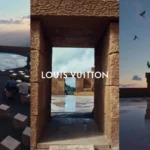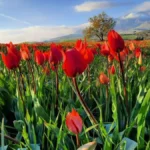The Slave Castle, located in Fiumefreddo di Sicilia, in the province of Catania, is an ancient residence dating back to the 18th century and a important element of the patrimony cultural from the Sicily, among the few still able to offer the unique opportunity of being able to immerse yourself in the lesser-known realities of the island's past.
Nomen non omen
Despite the name affirmed today, it should first of all be clarified that there is no connection between the manor and slavery. It derives, rather, from the term slaps, which in Sicilian dialect means "panoramic terraces" and indicates the presence of open spaces and breathtaking views around the structure. The dialect nomenclature is, therefore, a reminder of the welcoming and fascinating nature of this residence.
Built at the behest of family Platamone, belonging to the local nobility, the castle was originally designed as a country residence. Its strategic position, with a panoramic view of the Ionian Sea and the imposing Etna volcano, made it an ideal home from which to enjoy the natural beauty of the region.
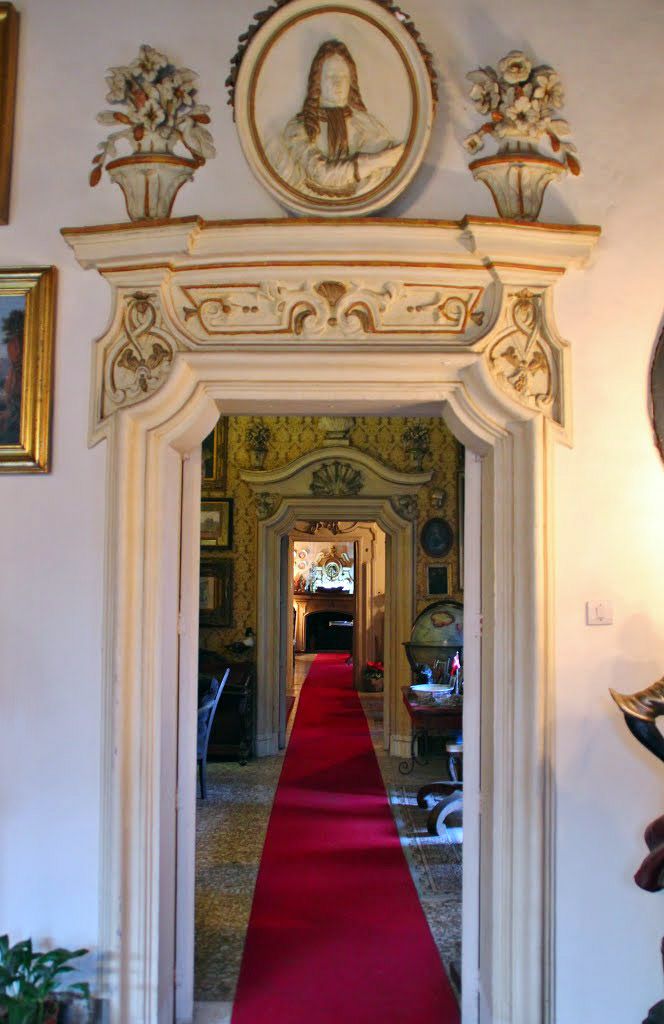
Between baroque and Sicilian nature
The imposing architecture of the Slave Castle is presented in its perfect state stile baroque observable already on the façade, elaborate and rich in detail. The interiors are embellished with precious frescoes and stuccos, testimony to the opulence and artistic taste desired by its owners. Going through its rooms is like taking a trip back in time, among the charm of the treasures of a bygone era.
The surrounding gardens, with their shady paths and splendid fountains, constitute a lush setting capable, together with the thriving vineyards that are still productive today, of delighting both the eyes and the palate of the most demanding wine lovers.
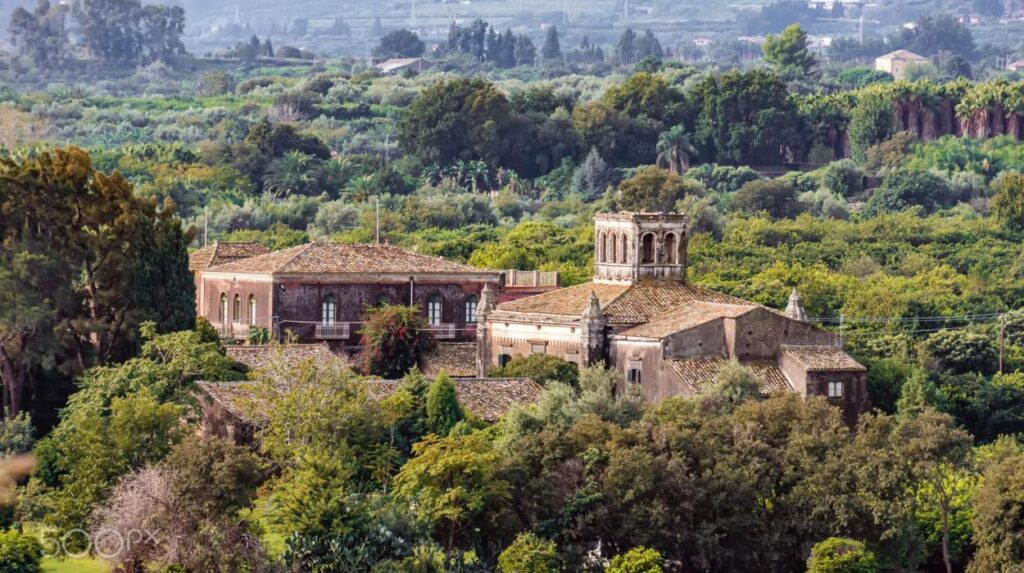
A “castle” of art and culture
The Slave Castle has become one of the main tourist attractions in the province of Catania, attracting visitors from all over the world for its ability to combine the natural beauty of Sicily with the elegance and refinement of its historical past. The castle also regularly hosts concerts, theatrical performances and art exhibitions, transforming itself into a center of lively cultural promotion within the local community and beyond.
Recently the castle is increasingly chosen by newlyweds as the location for their big day.

